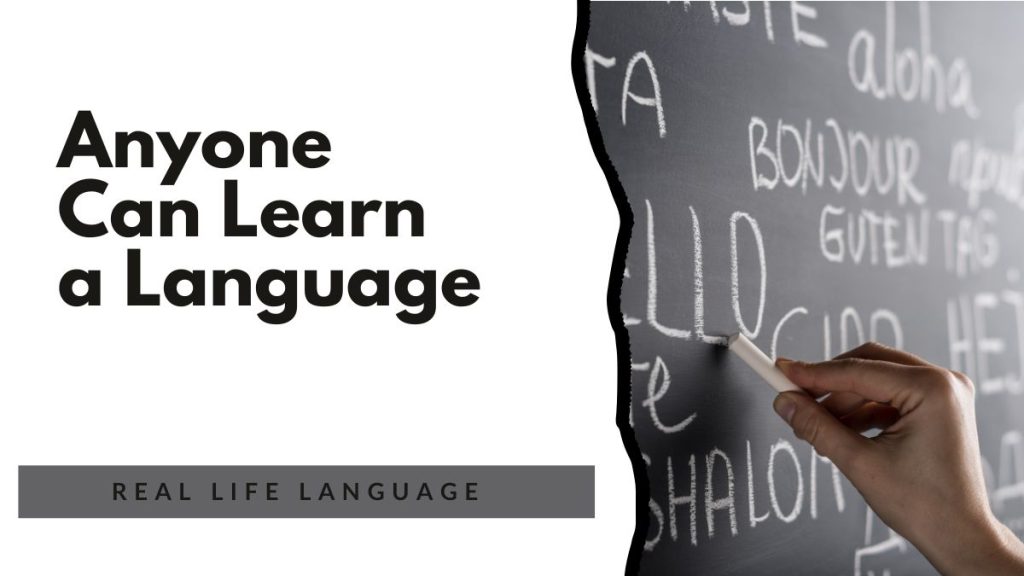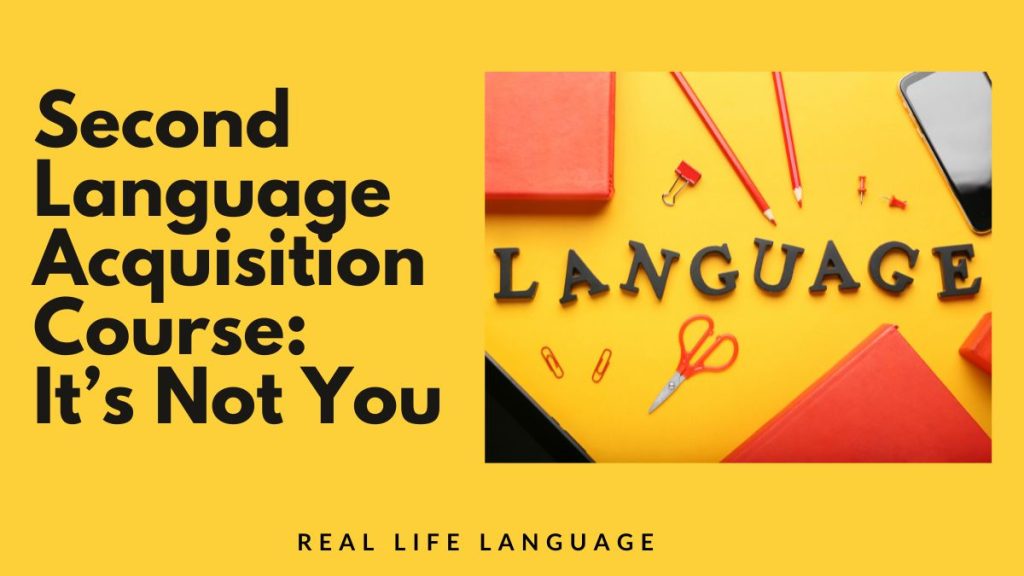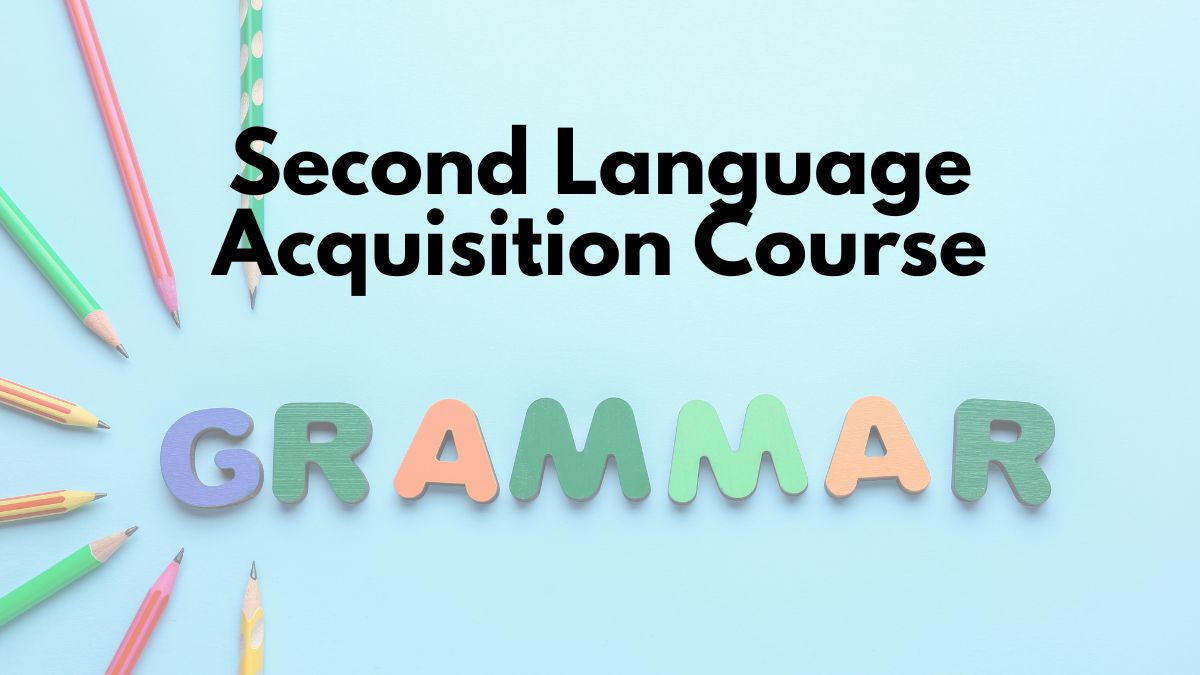
In this lesson I explain a practical way to think about second language acquisition and grammar. If you’re trying to move from memorising rules to actually speaking, this article lays out a simple framework: treat grammar as a toolbox, not the whole job.
Why grammar-as-rules often fails learners
Traditional textbooks often lead with rules: conjugations, parts of speech and exercises that prioritise accuracy before use. That approach assumes that understanding the mechanics will automatically produce fluent communication. In reality, understanding is useful, but it rarely produces spontaneous speech on its own.
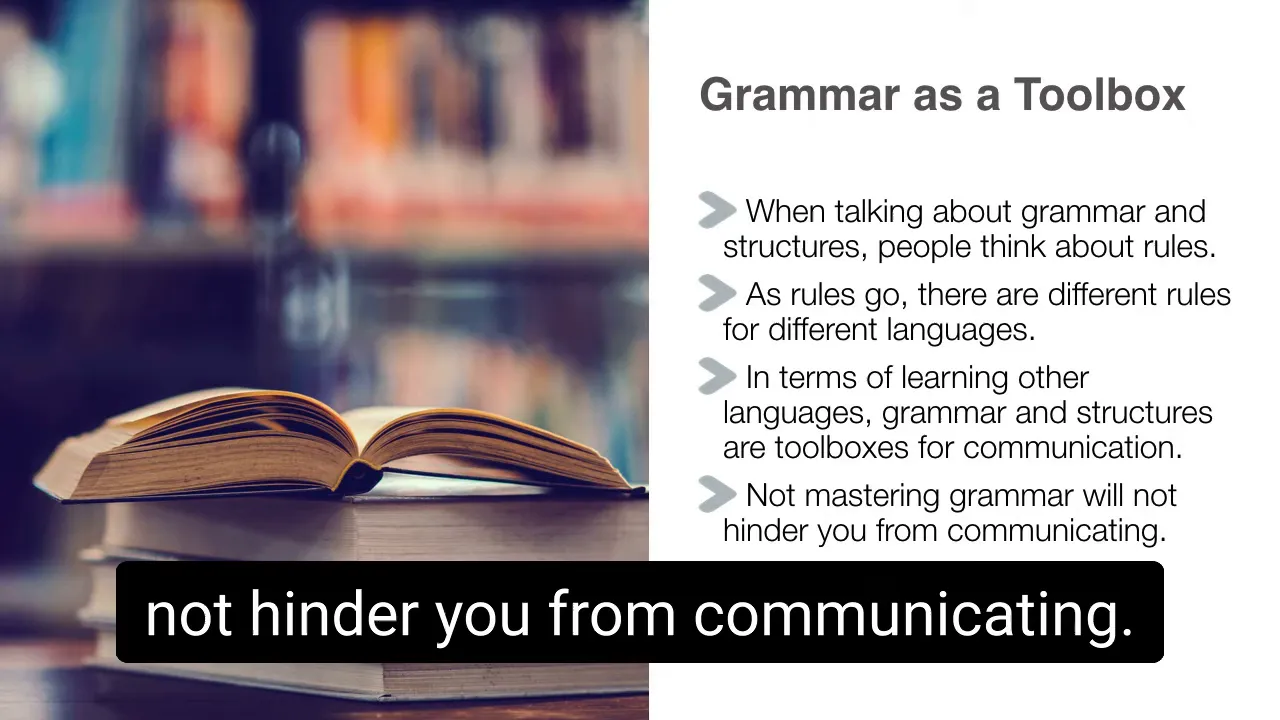
Think of grammar as a toolbox
I want you to think of grammar as a toolbox. Knowing verbs, syntax and sentence order will make you a better communicator, but you don’t need to master every tool to start using them. In second language acquisition: grammar is a resource you dip into when you need it, not the starting point.
Lead with communication, study grammar later
Don’t lead with grammar. Lead with communication. Start with functional language — what do you need to say now? When questions about form arise naturally, that’s the moment to study grammar. You’ll understand rules far quicker because you’ve already applied the language in meaningful contexts.
Example: teaching the time
Telling time is a good example. I can spend hours explaining cultural and syntactic details, or I can front-load learners with lots of comprehensible input: games, Bingo and practical examples. After that exposure, a five-minute explanation and a short worksheet cements the concept. The order matters: input, practice, then focused grammar
Advice for instructors and learners
- Focus on conversational, functional language first.
- Provide lots of comprehensible input before heavy grammar explanations.
- Work backward: teach the function, then explain the form.
- Use games and real-life tasks to make learning practical and fun.
Be compassionate with your progress
We didn’t start speaking our native language perfectly. It took time and many errors. Please give yourself the same compassion. You don’t need to be a grammar master to greet someone or enjoy conversation. Dive into grammar when it helps you use the language — that is the heart of second language acquisition: grammar.
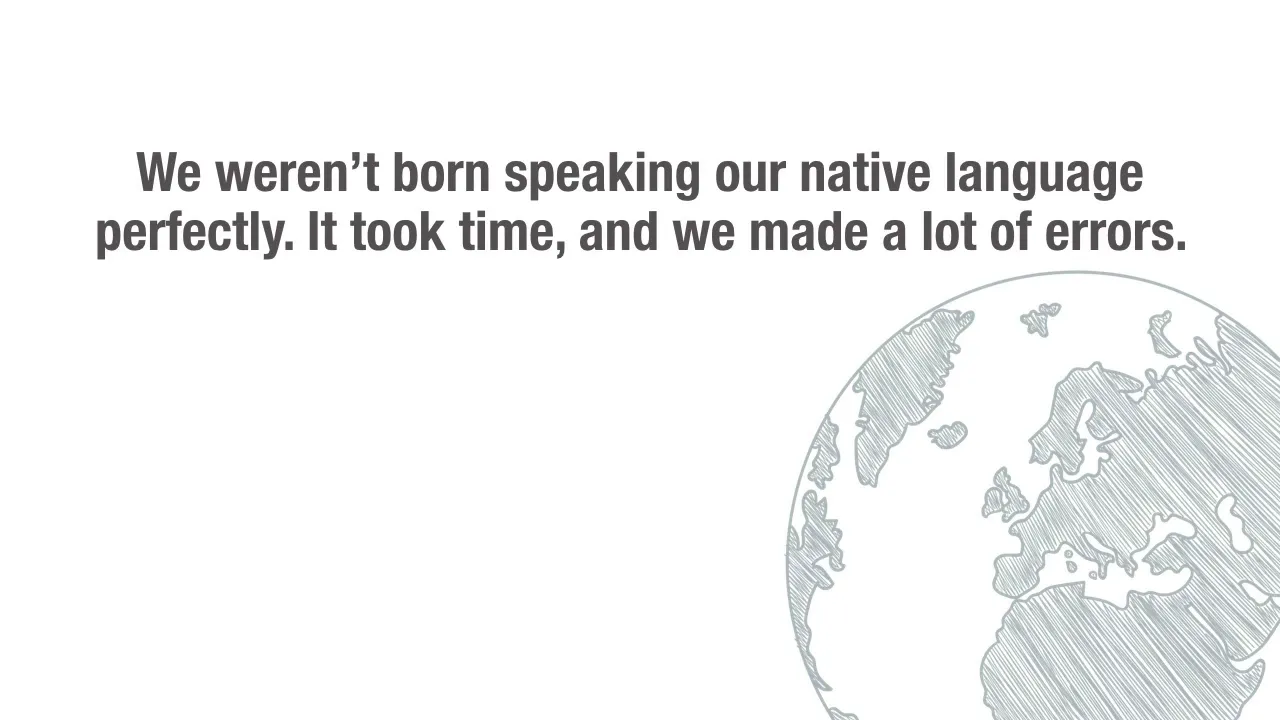
5 Weeks of No and Low Prep Fun
Need quick, engaging activities for your class? This free guide includes 25 no-prep and low-prep ideas to save time while keeping students excited about learning.
Download your free copy now.
